20+ Sample College Business Plan
-
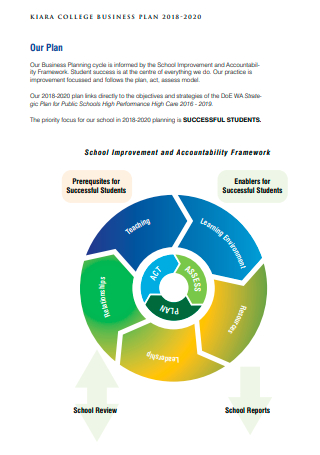
College Business Plan Template
download now -
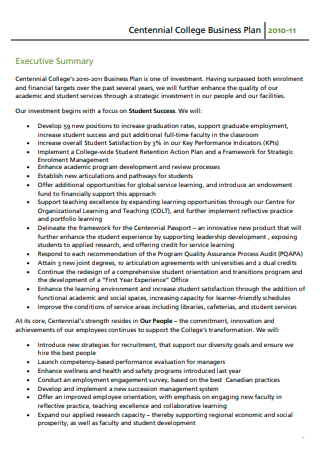
College Business Plan Example
download now -
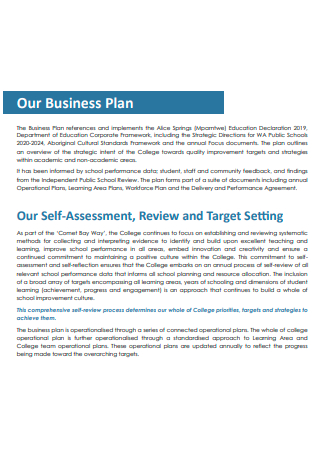
Basic Business Plan
download now -

College Business Plan in PDF
download now -
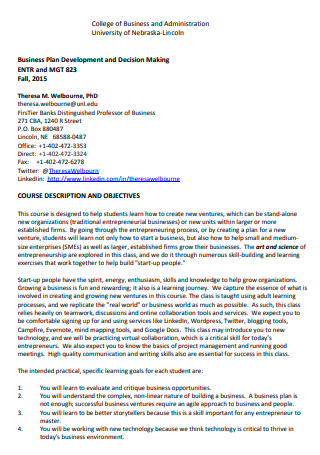
College of Business and Administration Plan
download now -

City College Business Plan
download now -
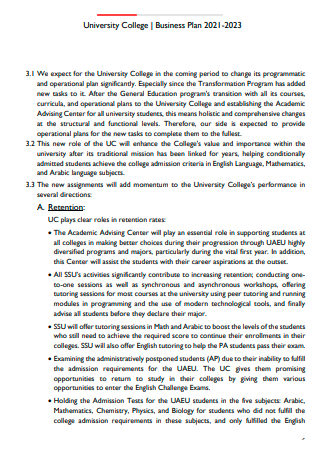
University College Business Plan
download now -
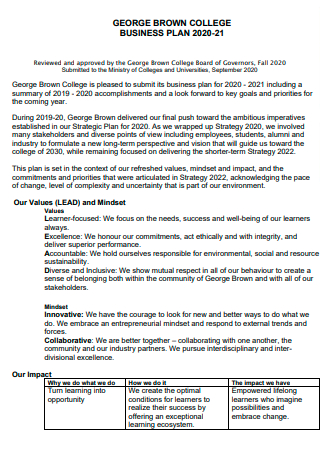
Standard College Business Plan
download now -

College Preparatory Schools Business Plan
download now -

Secondary College Business Plan
download now -
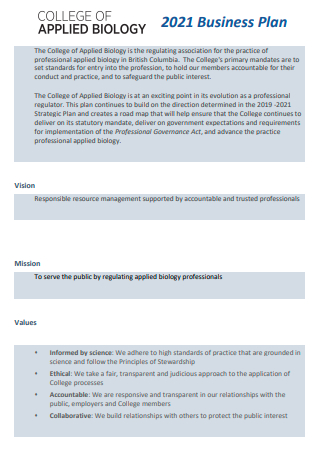
College of Applied Biology Business Plan
download now -
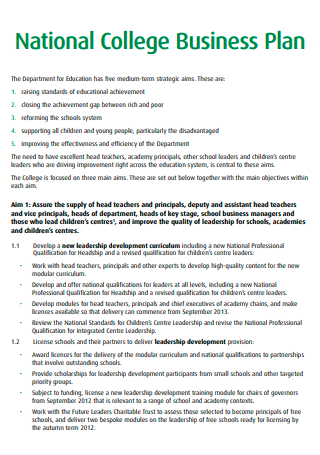
National College Business Plan
download now -
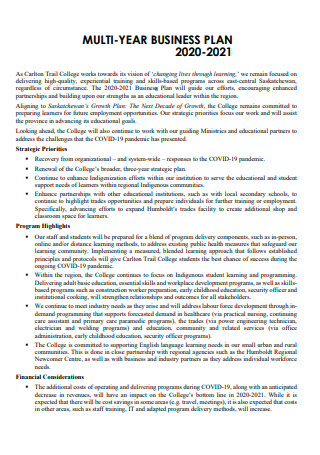
College Multi Year Business Plan
download now -

Printable College Business Plan
download now -
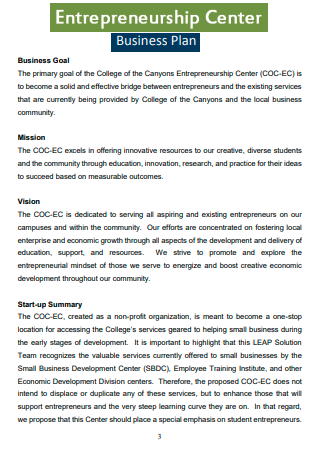
College of Entrepreneurship Center Business Plan
download now -
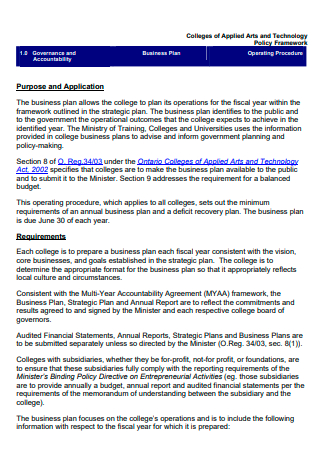
College of Applied Arts and Technology Business Plan
download now -
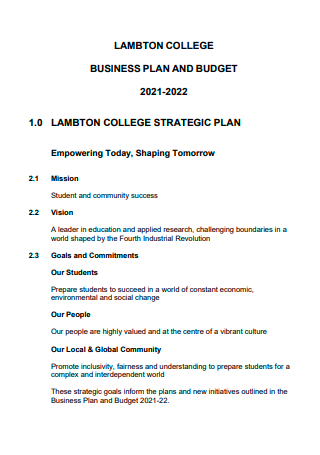
College Business Plan and Budget
download now -
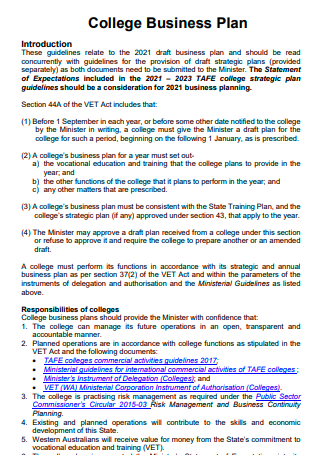
Draft College Business Plan
download now -
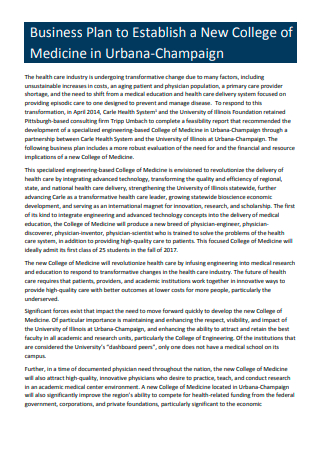
College of Medicine Business Plan
download now -
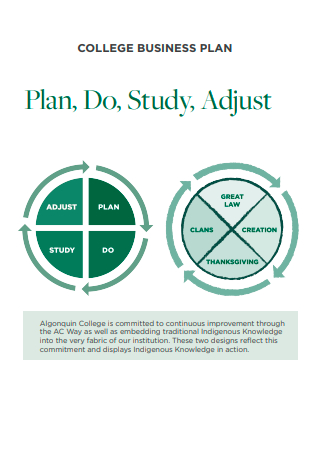
Sample College Business Plan
download now -

College Business Plan in DOC
download now
FREE College Business Plan s to Download
20+ Sample College Business Plan
What IS a College Business Plan?
What are the Benefits Gained from a College Business Plan?
How to Create a College Business Plan
FAQs
Where do public universities get their funding?
What are some of the main types of universities?
What are vocational or technical colleges?
What IS a College Business Plan?
The debate continues whether colleges should be considered as businesses. In terms of industry, a college is different from a business. But when it comes to operation, a college is akin to a business. And just like any business, colleges needed to have the revenue to survive and to continue their operation. A college has a management, administration, and operation staff to manage, it has payrolls to pay, it has resources and equipment to manage and sustain, and more importantly, it has to stay competitive in terms of enrollment amongst the growing number of competitive schools and program offerings. Hence, to keep them on their toes, colleges need to have in hand a mastermind plan, which is a college business plan.
What are the Benefits Gained from a College Business Plan?
Business plans are usually created for startup businesses, mainly for securing investors or startup funding. Is a college business plan similar? Well, not really for startup reasons, since colleges, especially public colleges, are founded and established upon by the state government. Somewhat similar to perhaps to securing and positioning in the market, a college business plan is primarily designed to attract student enrollees, to increase their student enrollment numbers. After all, the number of students in a school shows how effective, credible, and trustworthy the school is if that number of students are willing to enroll, or even parents are willing to send their kids to that particular educational institution. But what are the payoffs of having a college business plan in the first place?
How to Create a College Business Plan
After knowing and understanding the purpose of a college business plan, next is learning how to effectively create one. A college business plan can make or break a college’s position in society. A successful college business plan can reap grants, funds, including the public’s approval and appreciation, while an unsuccessful plan can potentially lead to, worst-case scenario, a school’s closure. There are no hard and fast rules when it comes to formatting a college business plan. To up the college’s planning game, a college business plan could even be made as a video presentation. A business plan should be flexible enough to meet the college’s goals and objectives. Even without having a strict format, to be effective, the college business plan should at least have the following essential elements included in it.
-
1. Executive Summary
An executive summary in a college business plan provides a brief background about the college, including its goals and objectives. It gives an overview, a synopsis of the important points of the whole college business plan. Executive summaries should be made, either written or in video introduction format, as brief and concise, but interesting enough to capture the reader’s or the audience’s attention to make them want to read the whole document. It is designed to be an introduction that should inspire those who are in charge of implementing the action items provided in the business plan. Executive summaries often contain a mission and a vision statement. A mission statement states the reason behind the making of a college business plan. It can also be the actual mission statement of the college itself.
Mission statements are also a reflection of an institution’s culture and values that describe what the college stands for in terms of educating its students. On the other hand, a vision statement is a depiction of what a college hopes to achieve through its strategies and action items. A vision statement usually is bound to a timeframe that sets the urgent tone of the business plan. It is designed to inspire and motivate the college and the staff to come together and work towards achieving the goals and objectives outlined in the college business plan.
-
2. College Features and Offerings
An essential part of a college business plan is showing off what the college has to offer. This is the section where the college’s courses, programs, and other degree offering details are provided, as well as what other benefits a student can obtain by being enrolled in that college. Listed as well are the school’s infrastructures, facilities, equipment, resources, state of technology in terms of IT strategies. Even special mentions of the names of some well-known professors or well-known personalities working for the college are also highlighted in the college business plan.
-
3. Marketing Analysis
A market analysis is also applied in a college business plan. Marketing analysis is all about understanding the current market condition, which includes the trend, the environmental factors, the potential impacts, and even the competitors that an organization is up against. In a college’s case, it is about understanding the current market and economic situation that influences the college’s enrollment ratings. To do so, doing a demographic analysis can help organize the target market, the target market which is the student enrollees. The target market is classified according to age, gender, income, location, lifestyle, culture, et cetera. Special attention is given to the income classification. Low-income students, or students coming from low-income families, are either awarded grants, loans, work-study programs, scholarships, fundings, or federal aid support.
The biggest share of student funding, however, still comes from parental contributions. Highlighting all of this in market analysis is important so that the college can classify and adjust its tuition fees accordingly to be able to accommodate the economic conditions of its students. Another market analysis method that can help the college penetrate the public and adjust itself to the economy’s situation is by doing a SWOT analysis. SWOT stands for a college’s Strengths, Weaknesses, Opportunities, and Threats. Strengths are those features and traits of the college that make it unique and stand out from its competition. It could be in the form of the college having the latest IT infrastructure, the flexible class schedule for part-time or working students, or having famous professors teaching in the college. Weaknesses are those aspects of the college that need improvement or support. It could come in the form of lack of equipment, lack of educational tools or materials needed for teaching or learning, or even lack of qualified teaching staff.
Opportunities are those factors that the college can leverage to achieve its goals and objectives. Social media and social networking platforms are good channels to advertise the college and are good examples of opportunities. Threats are those factors that can potentially harm or put at risk a college’s operation or obstacles that prevent a college from accomplishing its goals laid out in the business plan. Threats could come in the form of rival colleges in the community, lack of state or federal funding, or lack of the latest IT software or hardware to keep up with the online trend of digital learning.
-
4. Marketing Strategy
A college business plan should also come with a good marketing strategy. A marketing strategy is perhaps the most important of a business plan. It is the strategic part where plans are made on how to achieve a college’s goal, especially when it comes to the number of its enrollees. A good start to making a marketing strategy is deciding how the college presents itself and makes an impression on its target market or to the public. An effective college marketing strategy is by creating a video documentary presentation, or a film-featured presentation of the college.
In a matter of a few minutes, the college’s best assets are shown on film in the most creative way possible. This video could then be uploaded on popular online channels such as YouTube, or even can be part of the college’s website vlog presentation. Touching upon the college’s website, there should be at least a group assigned to be active or dedicated to actively answering any queries coming in from the college’s website platform. Or, they could search engine optimization, or SEO marketing strategy. SEO marketing is all about making sure that the college’s website ranks as the top college over the internet through keyword search. Another marketing strategy is availing the services of influencers to be the college’s ambassadors and to promote the school. Offering competitions where the prize is a tuition fee discount is another strategy. The overall concept of a college business plan marketing strategy is developing the best ways and practices to reach out to potential enrollees and turning them into actual student enrollees.
FAQs
Where do public universities get their funding?
Public universities primarily get their funding or subsidies from federal and state governments. However, due to changes in economic situations, universities are forced to seek private aid sources to fund their operation and to keep up to date when it comes to their facilities and educational resources. Private funding could come in the form of donations coming from alumni, grants, and/or individual donations. A big percentage of student tuition fees payments comes in the form of personal payments, followed by student loans, grants, scholarships, work-study setup, and so on.
What are some of the main types of universities?
The following are the common main types of universities: public or state universities, for-profit universities or colleges, private non-profit universities, and community colleges. Public universities, also known as state universities, are established and funded primarily by the state governments, situated primarily in different states. Since they are funded by the government, public universities generally charge lower tuition fees, considering as well other financial aids a student is receiving. For-profit universities, or colleges, operate more as a business-venture type, involving the board of directors or shareholders. For-profit universities are generally regarded as a good return on investment since they provide good, quality education for their students. Non-profit private universities composed most of the famous and elite higher educational institutions, such as Harvard, Yale, MIT (Massachusetts Institute of Technology), Princeton, Stanford, Caltech, John Hopkins, and so on. Funding for non-profit universities came from the government and through endowments. Community colleges, also supported by state funding, typically offer associate degree courses that take two years to complete.
What are vocational or technical colleges?
Vocational or technical colleges are post-secondary educational institutions designed to provide technical skills for a particular trade or job industry. This is another option that offers skilled trades instead of just professional careers. A vocational course takes typically two years to complete, with a certificate of completion handed out at the end of the course. Examples of vocational-technical trade skills are electricians, plumbers, hair stylists, medical technicians, welders, truck drivers, and so on.
UC Berkeley’s recognition was due to its effective management structure which included, of course, good business planning. Educational institutions are akin to running a business. After all, these institutions have bills and wages to be paid, not to mention equipment and resources to purchase and maintain. All of these plans are carefully prepared, strategized, and presented in a College Business Plan document.
Planning to create one? We have several different business plan templates to choose from, but more importantly, we have a specific business plan that’s created for colleges. Our templates are easy to fill out, easy to use, and readily downloadable. Check out one now!
